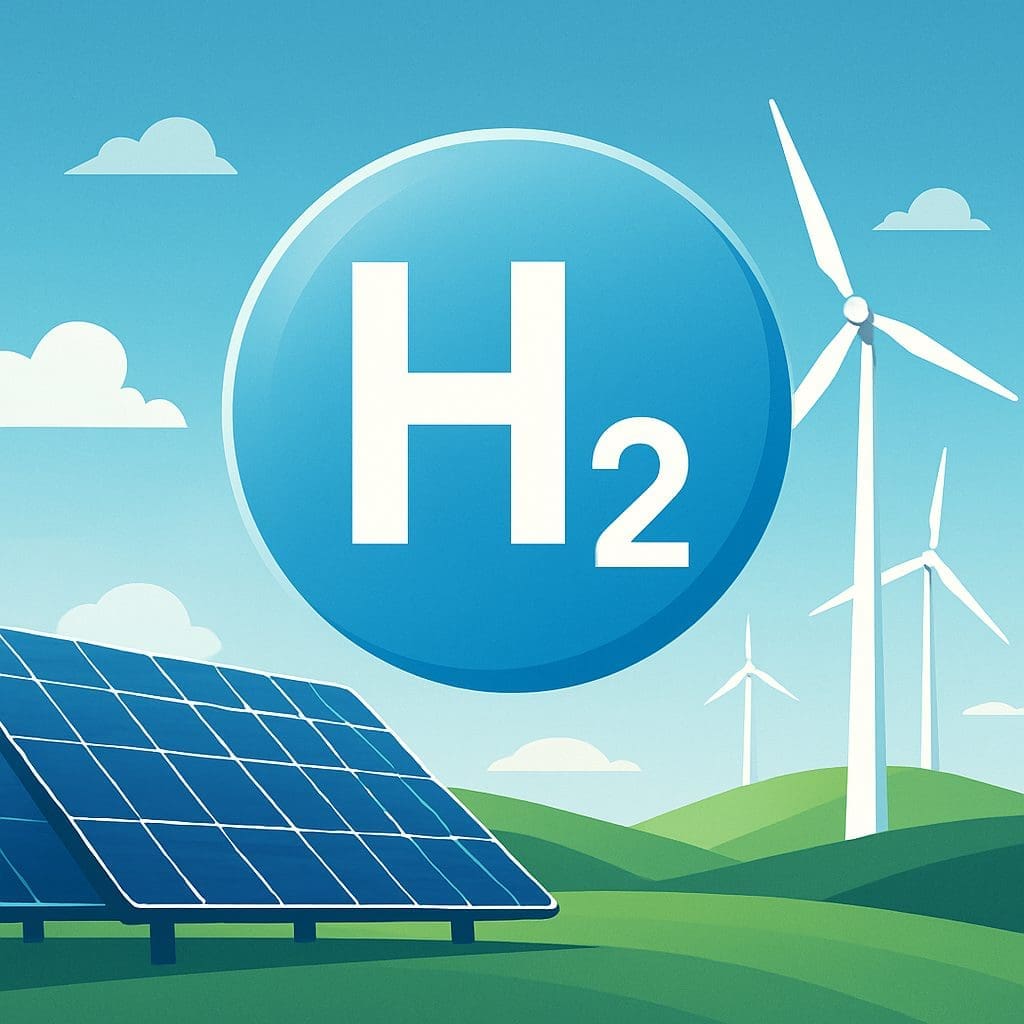
Hydrogen: Fuel for the Future or Just Hot Air?
Hydrogen: The green energy dream edging closer to reality
As conversations about climate change and sustainability continue to grow, there’s one word that keeps cropping up in energy circles: hydrogen. Once considered a distant dream, hydrogen is now moving firmly into the spotlight—and for good reason.
Sustainability is something we care about at Financial Advice Centre Ltd and we work with clients to help them make informed, ethical investment choices. So let’s take a closer look at why hydrogen might be more than just a buzzword—and what it could mean for the future of energy and responsible investing.
Why hydrogen matters
Think of hydrogen as a kind of “jack-of-all-trades” in the clean energy revolution. Unlike electricity, which doesn’t work well for every sector (such as heavy transport or high-temperature industrial processes), hydrogen offers an incredibly flexible alternative. It can replace fossil fuels in factories, power long-distance lorries and even heat homes—all while producing little or no greenhouse gas emissions, depending on how it’s made.
In fact, hydrogen could make up as much as 15% of the world’s energy use by 2050, according to the Energy Transitions Commission. That’s a huge contribution to global decarbonisation.
As a clean, flexible energy carrier, hydrogen has been dubbed the “Swiss army knife of the energy transition.” It can decarbonise sectors that are otherwise hard to electrify—such as heavy industry, shipping, and long-haul transport—and it can also be used as feedstock in manufacturing or stored for grid resilience.
Critically, around 30% of energy-related CO₂ emissions are considered “hard to abate” using electricity alone. Hydrogen offers a compelling solution, especially in places where batteries aren’t practical. But cost remains a barrier: green hydrogen (produced using renewable electricity and electrolysis) is still significantly more expensive than natural gas.
As Luke Brett, Hydrogen and Renewables Lead at Reuters Events, put it: “It’s a chicken-and-egg situation. We need scale to lower costs, but to justify investment, we need guaranteed demand.”
Still, investor interest is rising—particularly among those focused on sustainable infrastructure and long-term energy transitions.
The colourful world of hydrogen
Not all hydrogen is created equal, and the industry uses colours to help differentiate how it’s produced:
- Green hydrogen is the gold standard. It’s made using renewable electricity (like wind or solar) to split water into hydrogen and oxygen—producing no emissions in the process.
- Other types, like grey, blue, or brown hydrogen, are made using fossil fuels and can come with a hefty carbon footprint.
The challenge? At the moment, green hydrogen is still more expensive to produce than traditional fuels. It’s a bit of a chicken-and-egg scenario: costs will only come down when demand rises—but investors and businesses need to know it’s affordable before committing.
What’s happening in the UK?
Two flagship UK projects are moving the conversation forward:
- FutureGrid: Now in Phase 2, this National Gas project is testing hydrogen blends in real-world pipeline infrastructure. So far, it’s proven that up to 100% hydrogen can be safely transported using modified gas transmission networks, laying the groundwork for a cleaner energy backbone.
- Project Union: Still progressing, this ambitious plan aims to connect hydrogen production hubs via 2,000km of repurposed gas pipeline. It’s currently in the feasibility and pre-FEED (front-end engineering design) stage, with hopes of building out critical sections by the late 2020s.
These efforts align with the UK’s broader net-zero goals and are critical in helping hydrogen become a practical, safe, and scalable solution.
Meanwhile, in the US…
The Inflation Reduction Act (IRA), signed into law in 2022, gave the American hydrogen economy a massive boost through subsidies for clean hydrogen production. However, recent political changes in 2025 have introduced uncertainty:
- The newly passed “One Big Beautiful Bill” has rolled back several IRA incentives, particularly around renewables and hydrogen. EV tax credits and clean energy subsidies are being phased out sooner than expected.
- Despite this, key hydrogen funding mechanisms remain in place, especially those tied to job creation and domestic manufacturing.
While the US hydrogen sector may face headwinds, the groundwork laid by the IRA continues to attract global investment, and states like California and Texas are pressing ahead with regional clean hydrogen hubs.
What it means for investors
Like solar power a decade or two ago, hydrogen is still an emerging technology with high upfront costs but significant long-term potential. As production scales and the technology matures, it could become a key player in the sustainable investment landscape.
For clients looking to align their portfolios with environmental values, hydrogen-related opportunities may well become part of the conversation—especially as ethical and sustainable investing continues to grow.